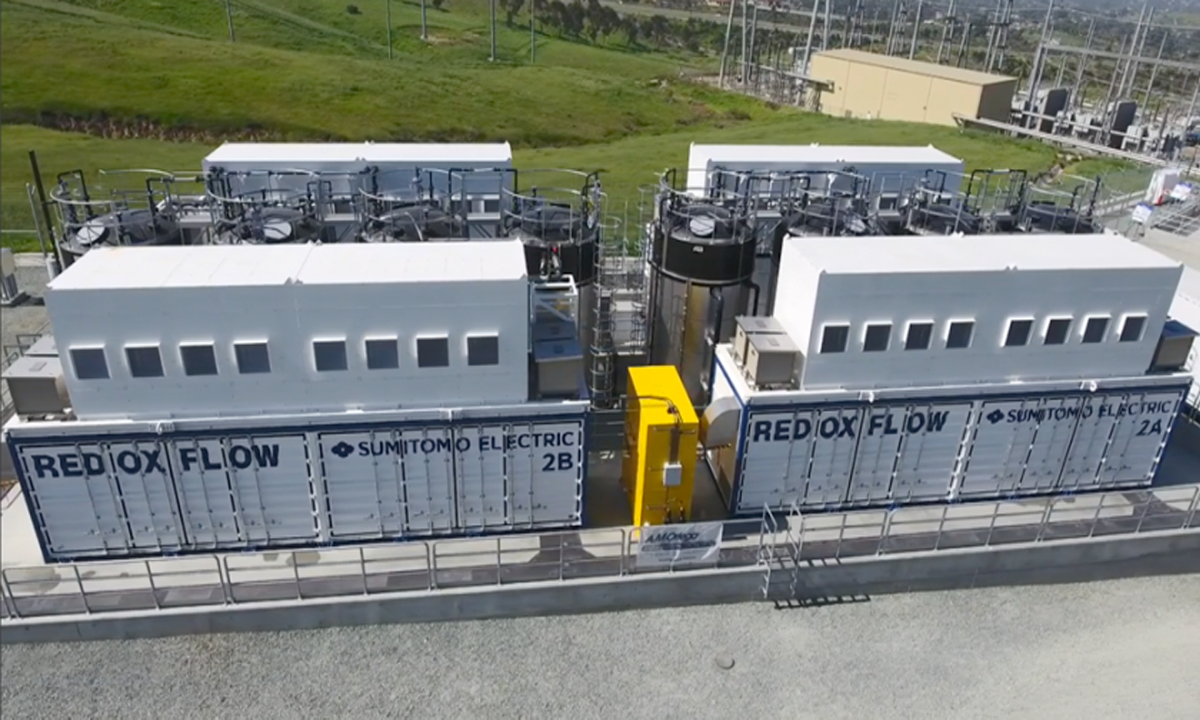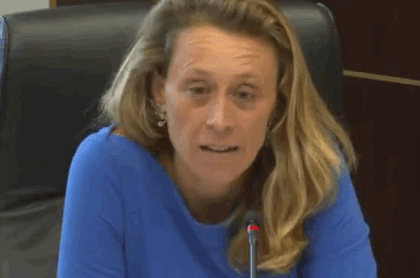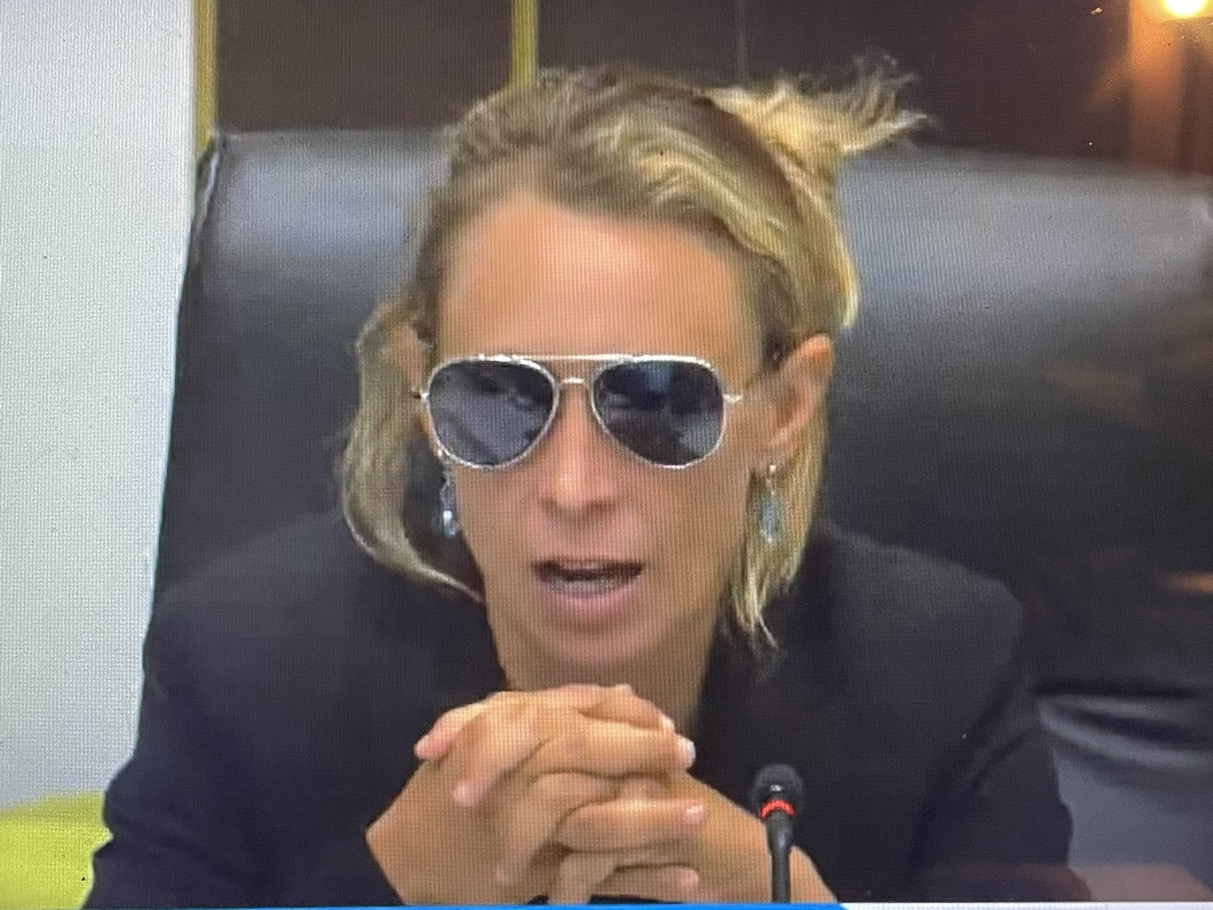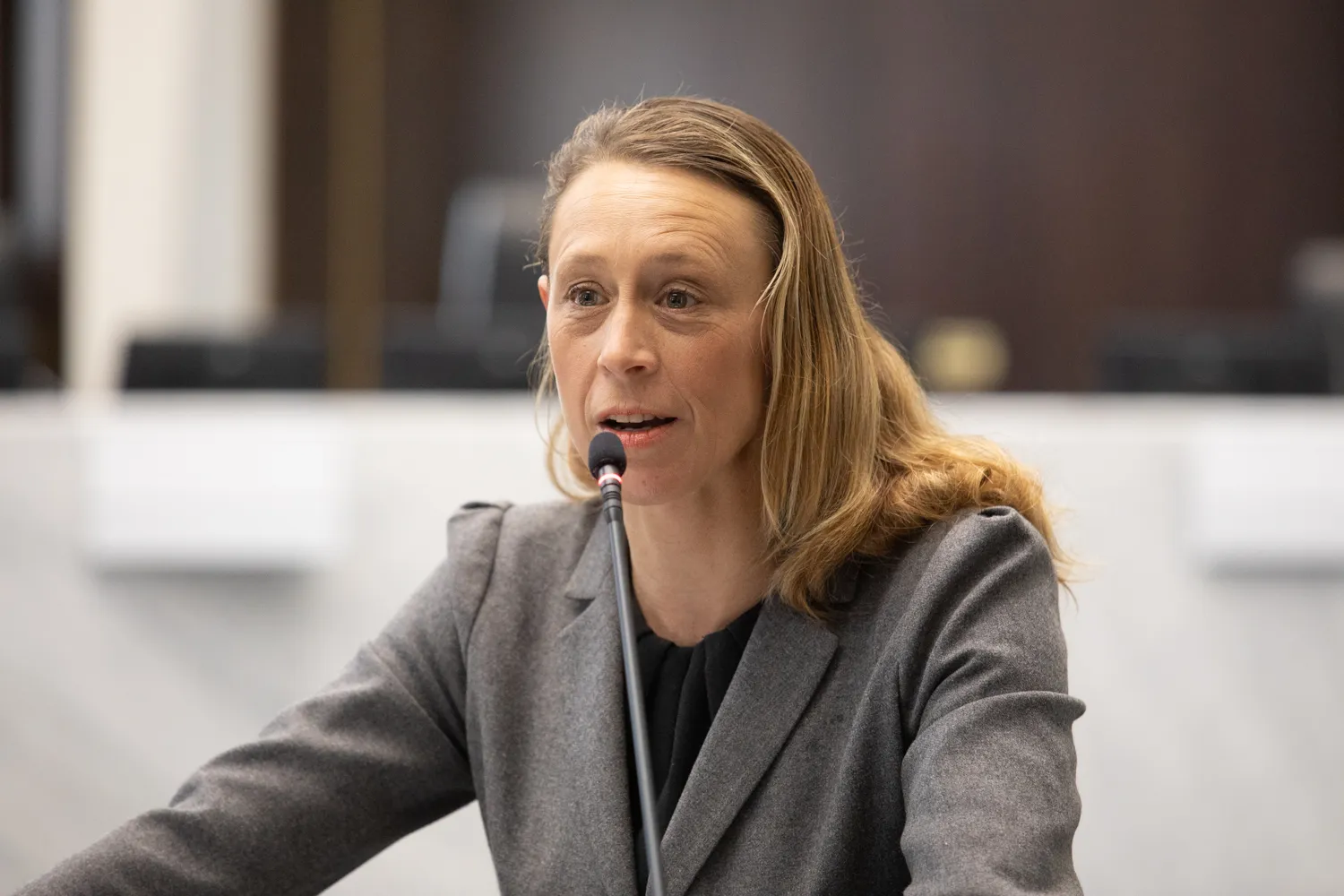Written by Sebastian Acosta
An energy storage project in Bonita that uses vanadium redox flow battery technology is soon to be tested to see how well it can work with microgrids, most likely in the second quarter of the year.
The batteries already provide 2 megawatts and 8 megawatt-hours of energy to California’s grid. The project was extended through the rest of this year to test its ability to power grids that can disconnect from the power system and operate autonomously. It is a joint effort between San Diego Gas & Electric and Japan’s Sumitomo Electric Industries.
“The more we can leverage technology, the more we can leverage our operations experience to keep our customers intact during power shutoffs,” said Jonathan Woldemariam, SDG&E’s director of wildfire mitigation and vegetation management.
Microgrids allow service areas the ability to operate independently of the grid. The vanadium redox flow battery will be tested by isolating customer accounts for short periods of time to make sure the power seamlessly transitions from the grid to the microgrid.
California policymakers are expecting zero-carbon resources to be the source of 100 percent of the state’s electricity by 2045, so energy storage has become all the more important. Currently, solar production is no use after sunset, which led to the rolling blackouts we saw over the summer.
With storage, energy can be discharged to the grid when it is most stressed by energy demands. While lithium-ion batteries that store energy in cells stacked atop one another are dominant in the energy storage market, vanadium redox flow batteries store energy in tanks of liquid electrolytes that are pumped past a membrane to generate a charge.
Flow batteries can discharge for six or more hours and have a lifespan of more than 20 years. Additionally, they are non-combustible, making them safe to use in wildfire-prone areas.
Photo via SDG&E/Ted Walton




